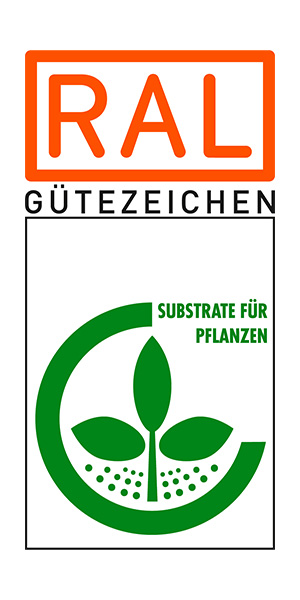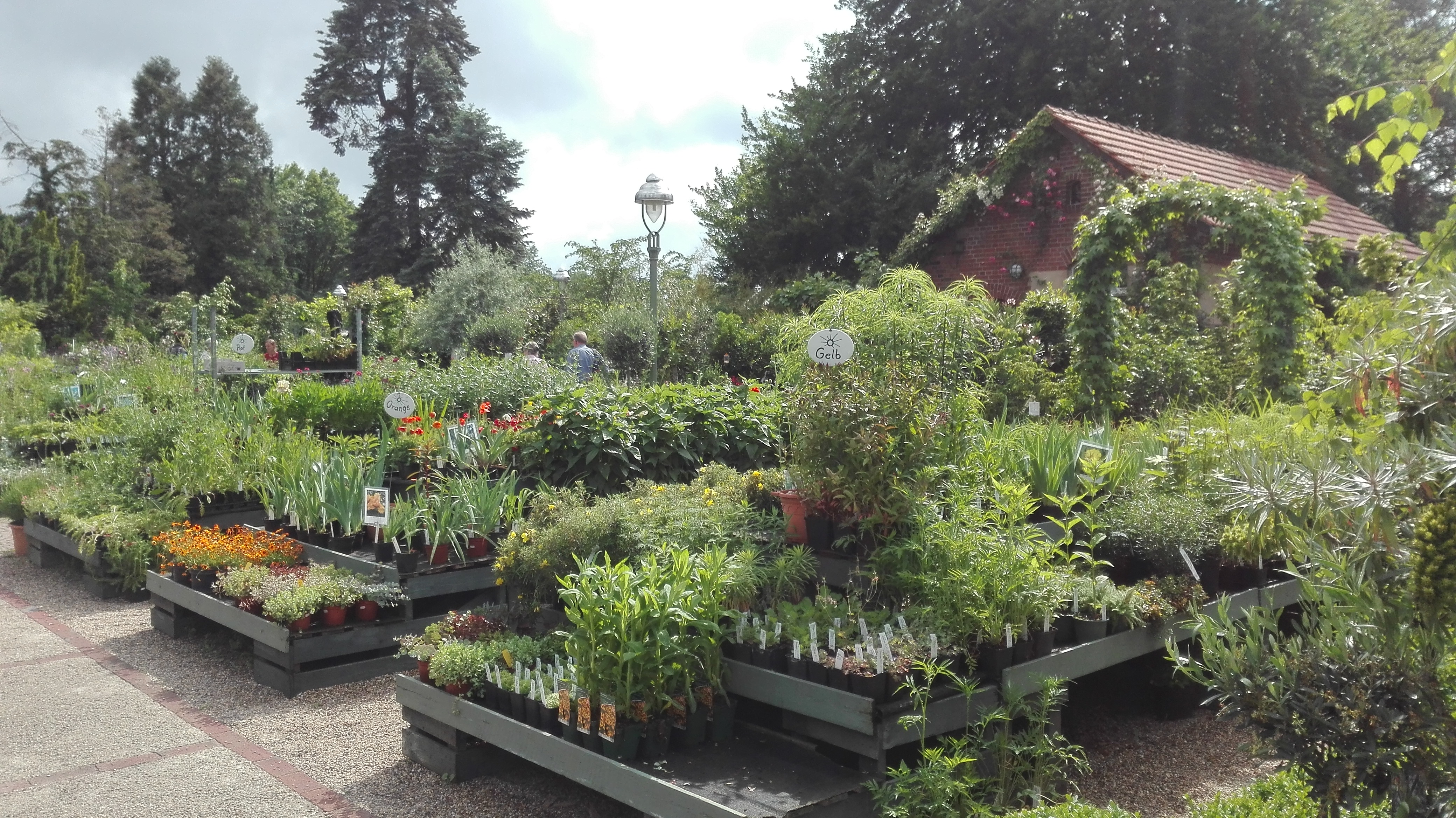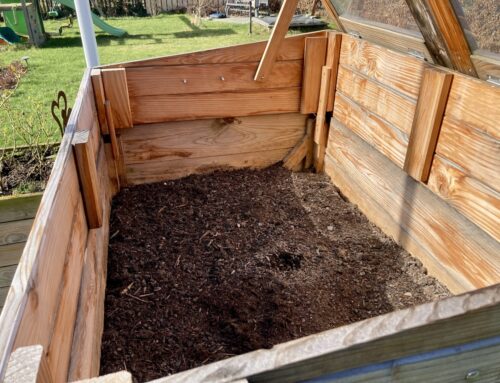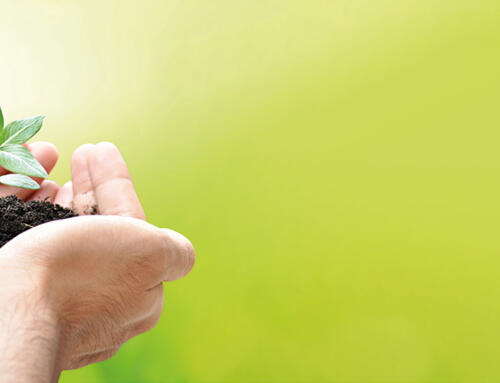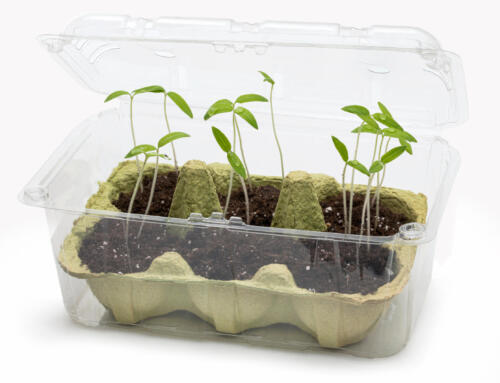“Soil studies” for gardeners
Planting success is all about the right growing medium. Find out how to choose the adequate soil mix.
Tough choices in the garden centre
There’s one for tomatoes and one for rhododendrons, one for soft fruit and one for herbs. The soil for citrus plants is on sale, but still more expensive than the offer for vegetables or B&B plants. You see peat-free substrates next to peat-reduced and classic peaty products. And since when have they been selling a special box soil mix anyway?
Anyone who has walked the entire length of the aisle(s) of potting soils in a nursery or garden centre has gotten plenty of exercise – but is often left at a loss as to know which of the countless products is the right one to use.
Special-purpose substrates: exaggerated or intelligent?
Basically, the large range of different kinds of soil mixes and substrates is absolutely justified. Pot and tub plants grow in less favourable conditions than plants in the open ground, because their root space is limited. That’s why the quality of the soil mix is so important. In other words, by using a product that is designed to optimally meet the requirements of the plant species in question because it contains specific additives (such as clay, compost, coconut fibre, or perlite for improved aeration), you really are giving your plants a treat.
Here are some examples. Citrus plants are prone to iron deficiency. That’s why citrus soil mixes contain an extra serving of micronutrients and are on the slightly acidic side of the pH range to facilitate iron take-up. Rhododendrons and other ericaceous plants also benefit from a lower pH value. Mediterranean herbs, on the other hand, appreciate a well-drained soil mix with low nutrient levels, whereas tomatoes, and also free-flowering bedding and tub plants, are heavy feeders. To do well, the latter require soil mixes that store the nutrients added at fertilising and make them reliably available to the plants later.
A sound basis is more important than fine tuning
Like with so many other things, not every soil mix product delivers what it promises. A tomato potting soil with optimum fertiliser content but the tendency to get compacted and consequently cause root rot, does nothing for the tomato plants.
The quality of any planting medium hinges on the quality of its constituents and the way they are processed. That’s why the Gütegemeinschaft Substrate für Pflanzen e.V. (GGS) recommends amateur gardeners to look for products labelled with the RAL quality mark when shopping for soil mixes. Quality-certified substrates are subject to continuous quality control by approved independent labs. The certification criteria include, for example, pH value and nutrient content. Certified products must also have a structure that encourages plant growth and be free from weed seeds and plant-damaging substances. Complying with these requirements, RAL-certified substrates provide plants with optimal growing conditions.
Avoid buying soils for storage
The larger the volume, the cheaper the price. This rule of thumb will also generally apply to potting soils. Still, you want to resist the temptation to buy a 70-litre bag if you only need a small amount of soil. Natural products don’t cope well with long storage times. For example, biological decomposition can result in changes in the substrate structure and nutrient content. That’s why the Gütegemeinschaft Substrate für Pflanzen e.V. (GGS) recommends that gardeners use up purchased soil mixes soon after buying. Put any residual amounts in a sealed container and keep in a cool and shady place.
Good to know: Today, small amounts of potting soil are available in handy resealable carry bags – or even in a suitable planter. The extra outlay is well worth the money, and it’ll give you a little more ease and comfort in handling your soil too.
